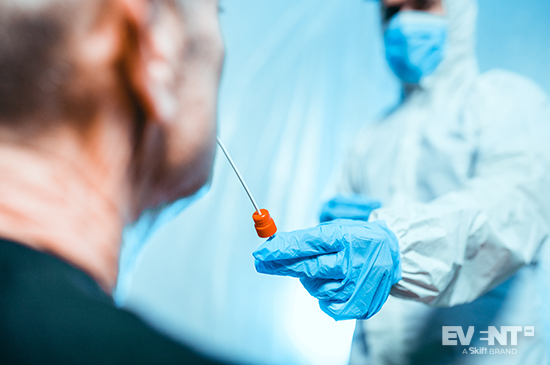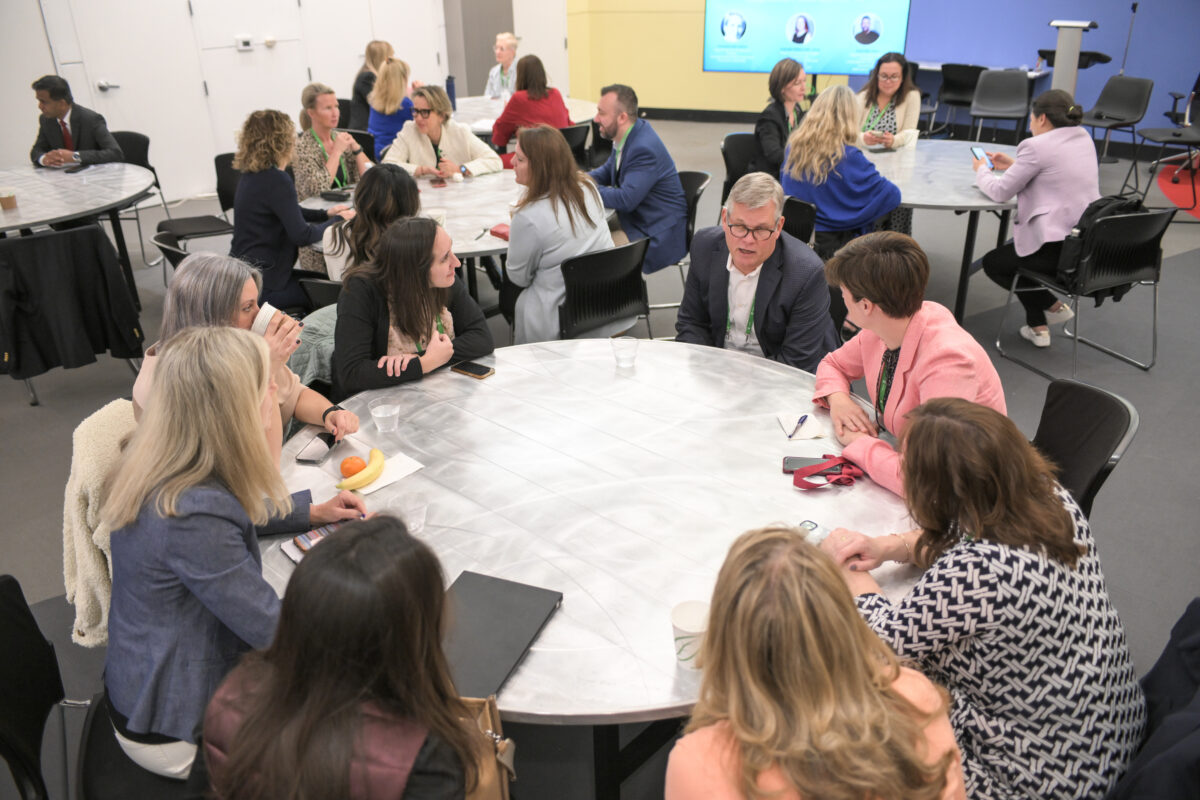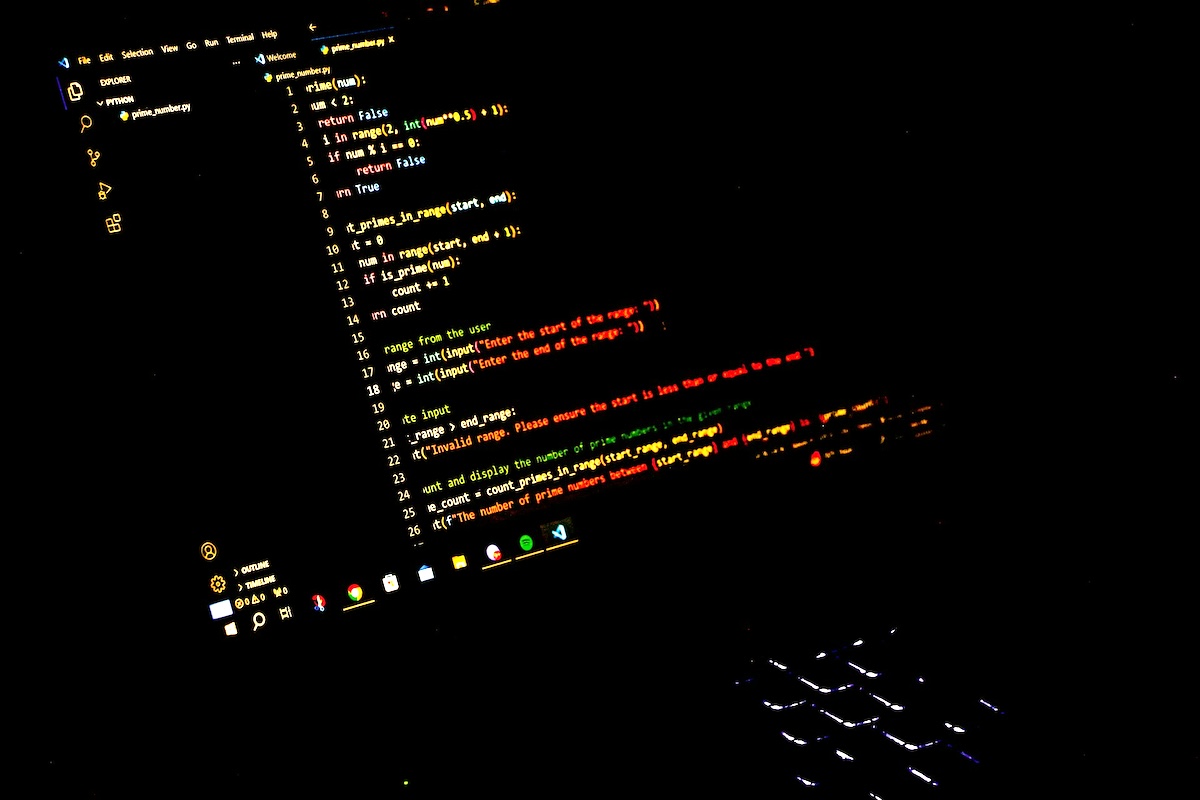Skift Take
In September 2020, EventMB reported on an innovative event bubble that used rapid testing to screen guests. The idea has since taken off, and a controlled experiment was even done at a Barcelona concert. What have we learned so far?
The possibility of exposing attendees to the coronavirus has shut down in-person events globally, and onsite testing may provide one avenue to revive the industry by dramatically reducing transmission risk. What is not entirely clear, however, is just how much protection onsite testing can provide.
The lower costs and shorter turnaround time of rapid antigen tests make them much more suitable for onsite screening than PCR tests. The catch is that they’re significantly less reliable. Just how much less accurate they are has been the subject of fierce debate, as is clear from the controversy around the UK’s “Operation Moonshot” mass coronavirus testing program.
To address this uncertainty, the Barcelona concert producer Primavera collaborated with two health-related institutions — Fight AIDS and Infectious Diseases Foundation and the University Hospital Germans Trias i Pujol in Badalona — to produce a concert that doubled as an experiment in event safety. The event used both same-day rapid testing and follow-up PCR testing on a relatively small crowd of participants — and the results were promising. But did they just get lucky, or does the model actually work?
With under 500 concert attendees and multiple other safety measures in place, it may be premature to conclude that rapid testing has been proven a guarantee of Covid safety. Nevertheless, the concert’s zero-rate of transmission gives hope that the event may provide a working model for the near future.
Does the Barcelona Experiment Prove That Testing Bubbles Work?
To understand just how much reassurance the Barcelona concert provides, it’s important to take a closer look at how the experiment was set up.
WHO PARTICIPATED?
The participants were not selected to represent a random cross-section of society. Instead, they were a group of 1,047 volunteers (half concert goers and half forming a control group) who met a rigid set of criteria. Each participant had to be between 18 and 59 years old and sign an informed consent form confirming:
- They had no comorbidities.
- They did not live with any elderly people.
- They had not been diagnosed with Covid at any point in the 14 days prior.
All but one of these conditions is designed to limit participants (and their close contacts) to those who would be unlikely to face serious complications if the experiment went wrong. Fortunately, far from turning into a super spreader event, not one concert goer tested positive for the virus when PCR tests were done 8 days later.
HOW DID THE STUDY CONTROL FOR RISK OUTSIDE THE CONCERT?
One way for experiments to help prove that their results aren’t a matter of pure chance is to set up a control group for comparison purposes. The Barcelona experiment did this by dividing its volunteers into two groups: only 500 were invited to attend the concert, with the other half functioning to show the risk involved in day-to-day life, totally apart from the event itself.
Of those invited, 463 showed up at the event, while 496 fulfilled the control group role by coming in for a follow-up PCR test at the same time as the concert goers. None of the people who attended the concert received positive PCR tests, while two of those in the control group did. The fact that the rate of infection was actually higher among those who didn’t attend the concert is an encouraging sign.
WERE THERE OTHER SAFETY MEASURES IN PLACE BESIDES TESTING?
While a great deal of the reporting on this experiment has emphasized the lack of social distancing at the event, it’s important to note that there were actually a number of fairly strict safety rules in place.
1. The attendance was capped at 500 even though the main venue space has a capacity of 900.
2. Attendees were expected to wear cloth N95 masks (provided by the event organizers) at all times except when drinking in the designated bar space, which normally has a capacity of 1,600.
3. Attendees were given only one drink each, limiting the amount of time they would have spent without a mask.
4. The venue was equipped with high quality air filtration systems, and event organizers tracked the air flow.
5. Monitors were positioned at strategic locations to avoid overcrowding in line-ups outside the washrooms or at points of entry.
How the Study’s Results Apply to Future Events
Even taking into account preliminary reassurances like this case study, every in-person event conducted over the next few months will effectively serve as an experiment in safety. There simply haven’t been enough events of this kind to prove that their success hasn’t been a fluke.
While it may be tempting to view the avoidance of any transmissions as the product of testing alone, we can only draw conclusions based on the combination of safety measures that were actually employed. Until we have more data to show that testing is enough in itself, it is wise for event planners to treat rapid testing as one in an array of measures to mitigate the risk of spread, including continuing to enforce strict mask-wearing rules and measures that reduce the potential for viral aerosol accumulation (i.e. low crowd density levels and advanced air filtration systems).
Nevertheless, the Barcelona study offers a potential model to follow. From a liability standpoint alone, it might make sense to limit prospective attendees to those in a lower risk category for severe infection. To confirm that an event avoided spreading the virus, it’s also a good idea to check in with attendees one to two weeks after the initial gathering.
IN CONCLUSION
While the concept of an event bubble has shown promising results at a number of small events, it is still too early to treat rapid testing as a surefire way to prevent transmission. During this experimental stage, event planners should:
- Try to limit attendees to those in low-risk categories for severe complications from a potential Covid infection.
- Follow up with attendees about their health status after the event to confirm the success of safety measures and limit the risk of onward transmission.
- Continue to use safety measures like enforcing mask wearing, ensuring low crowd density levels, and providing advanced air filtration.
Any mistake at this stage could be a significant setback for event planners — and the course of the pandemic itself.





